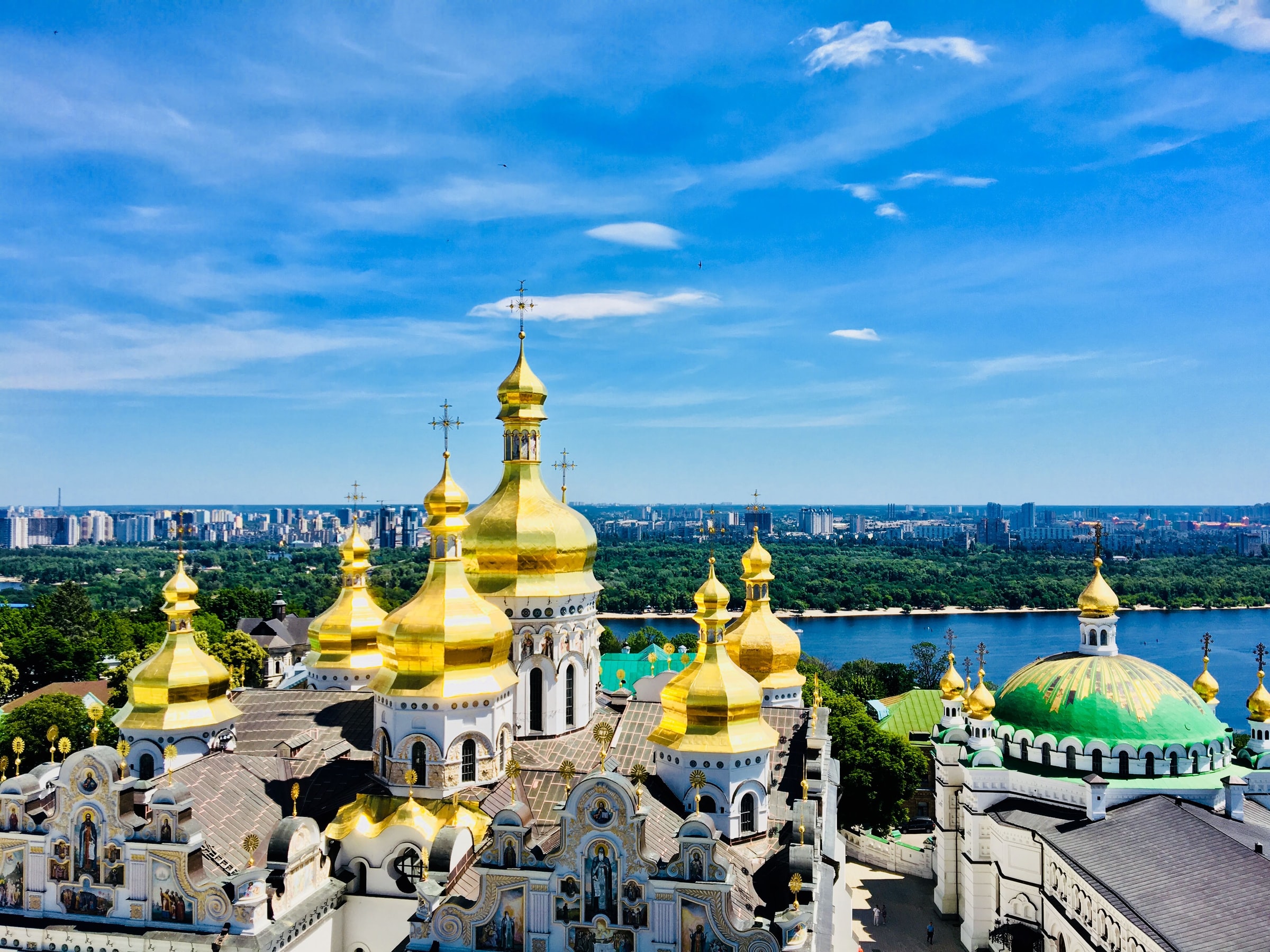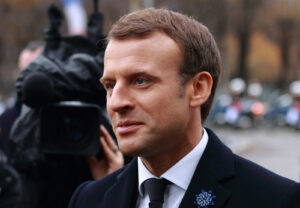Since gaining independence in 1991, Ukraine has been caught in an untenable Catch-22. If it joined NATO, it risked hostile actions from Russia. If it didn’t, NATO might not offer military aid against a Russian invasion. The latter fears have been validated as Ukrainian troops fight alone in the streets against an overwhelming Russian onslaught.
The United States and other NATO nations were swift to launch punishing economic sanctions against Russia while simultaneously supplying weapons and intelligence to Ukrainian forces. However, to date, the US has stopped short of deploying troops to directly assist in the lopsided war against Putin’s invading forces. Putin, for his part, had consistently argued against NATO’s eastward expansion for years, calling it a red line the West mustn’t cross. Yet his requests for guarantees that Ukraine wouldn’t be allowed to join NATO remained unresolved. The stalemate continued despite clear signals that escalation seemed unavoidable.
The US supported NATO Secretary-General Jens Stoltenberg’s assertion that “It’s only Ukraine and 30 NATO allies that decide when Ukraine is ready to join NATO. Russia has no veto, Russia has no say, and Russia has no right to establish a sphere of influence to try to control their neighbors.” Putin clearly disagreed, and though his concerns about having long-range missile systems too close to Russia may have been subterfuge, his response has been devastatingly real. Western military forces are now faced with a Catch-22 situation of their own — to stand on the sidelines as Ukraine is overrun or take up arms and fight Russia head-on, setting the stage for a world war with a fellow nuclear power.
Russia seems all too aware that the West won’t take direct military action to stop its unprecedented invasion for fear of further escalation. Indeed, to avoid any possibility of US troops engaging the Russian military, the Pentagon ordered all American forces out of Ukraine, noting they will “reposition elsewhere in Europe.”
“That’s a world war when Americans and Russia start shooting at one another,” President Biden noted to NBC. Yet the impacts of Biden’s sanctions remain undetermined given that Russia has had years to prepare a “fortress economy” to withstand them. Meanwhile, critics have argued that Russia and other hostile foreign powers might perceive America as “afraid of getting into a conflict with any Russians.”
Ukraine’s predicament has never had an ideal solution. It walked a tightrope for decades before the 2014 Revolution of Dignity, which ousted then-President Viktor Yanukovych in a move Putin viewed as a coup. In response, Russia annexed Crimea while the world watched, stirring Ukrainian sentiment to join NATO. When Ukrainian separatists announced independence for the pro-Russian Donetsk People’s Republic and the Luhansk People’s Republic, President Petro Poroshenko widened his nation’s rift with Russia with the Ukraine-European Union Association Agreement, paving the way for EU membership.
By 2019, his successor Volodymyr Zelenskyy began to fear the stalemate with Russia was coming to a head and requested expedited NATO membership. This move served as a catalyst, or at least a pretext, for Putin’s invasion. America, meanwhile, is now forced to contend with its own red line not to directly come into armed conflict with its old Cold War enemy. As frustrated US troops deploy to bolster NATO forces, it remains to be seen how far the conflict might spread. Sanctions could eventually take enough toll to stop Putin, but a more forceful intervention doesn’t seem to be in the cards anytime soon.




